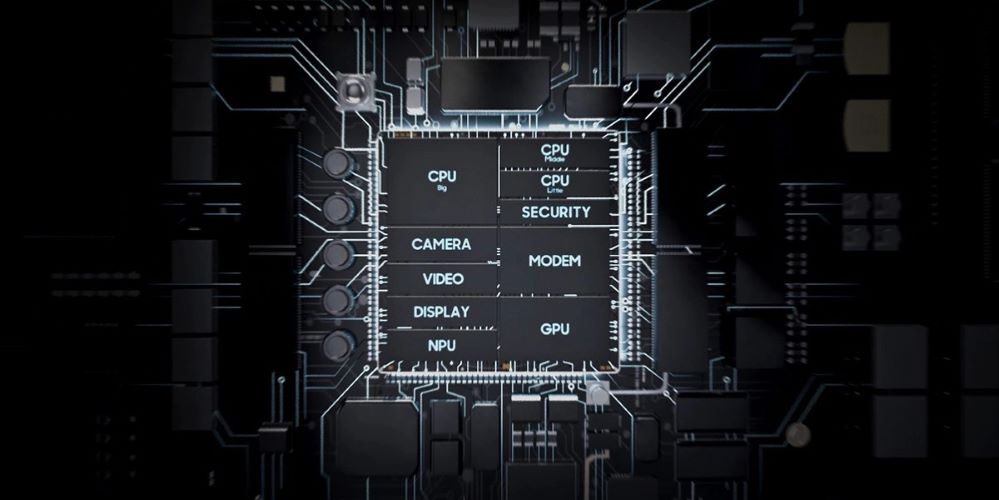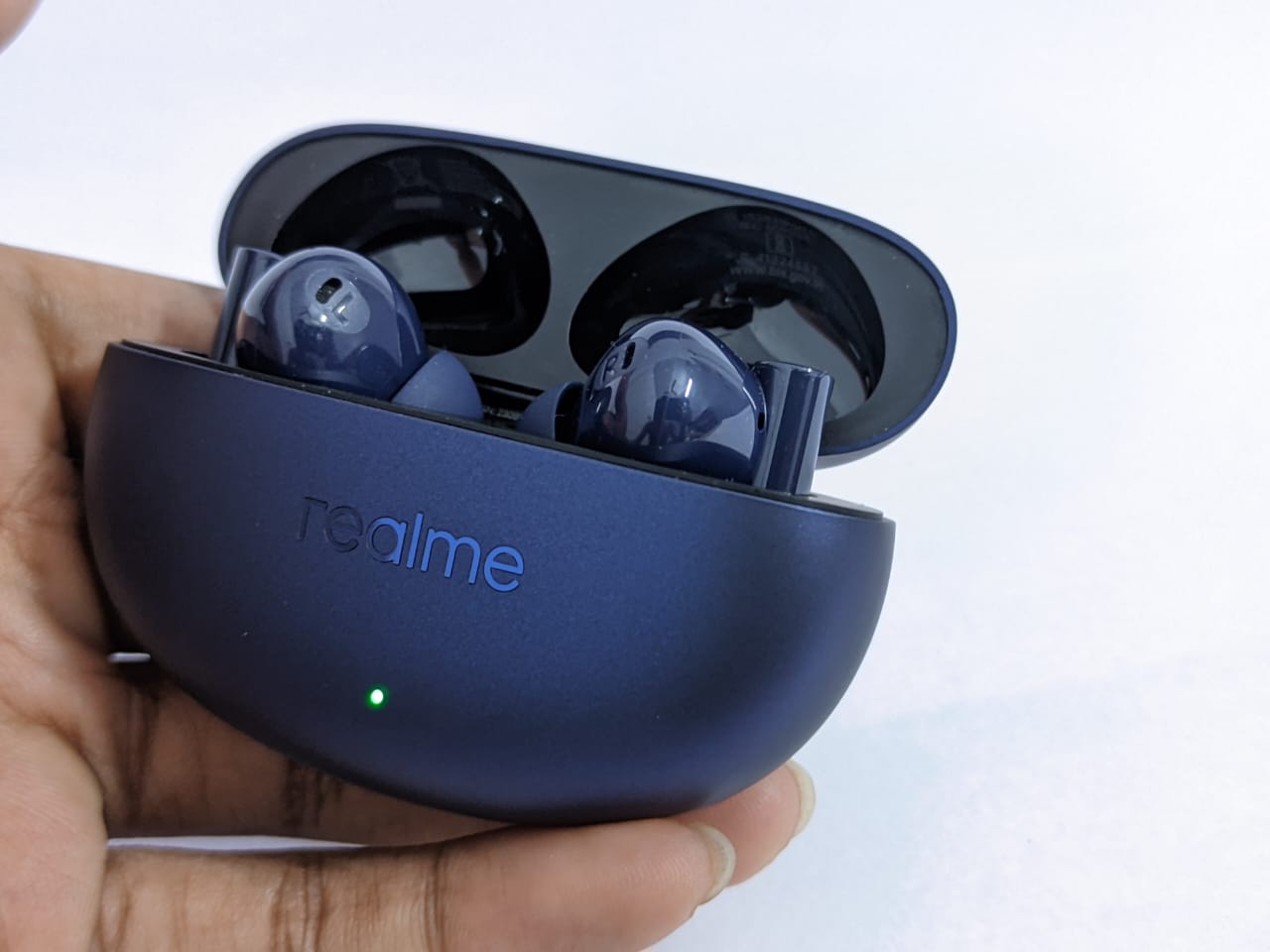Samsung is reportedly re-entering the CPU core design industry. They used to design CPU cores for their in-house Exynos chips for quite a while (2016-2020). However, as the custom Mongoose core architecture wasn’t able to meet the expectations, they returned to the British company ARM for their CPU core designs. Since the Galaxy S21 series, Samsung has been building their Exynos chips based on ARM cores.
But now reports are suggesting that they are working a new custom CPU core design for future Exynos chips.
Why the custom CPU design?
The semiconductor industry is facing the need to reduce reliance on ARM, and Samsung is no exception. Last year, ARM announced that chips using their architecture have to be built solely on ARM designs starting from 2024. On the other hand, Samsung has partnered up with AMD to use their RDNA 2 architecture for custom Xclips GPUs, so they no longer comply with ARM’s new policy.
However, Samsung’s in-house CPU designs are said to be ready only after 2027, so we will have to see what they decide to do with the AMD collaboration and ARM designs.
In addition to using custom RDNA architecture for GPUs, Samsung also aims to reduce reliance on another company for something as important as chip designs. It’s important to note that Samsung not only manufactures chips for their Galaxy devices but also for automobiles and other fields. The company hopes to further expand its semiconductor business.
At this point, it is no surprise that Samsung isn’t giving up on Exynos for a reason and they are paying a significant amount of money to the British designing company and will have to continue to do so unless they invent their own replacement. Also, they can tailor-make the architecture to work well in their devices, similar to how the Apple ecosystem of products operates.
Return of Mongoose fiasco or actual improvement?

While they are working on a custom CPU design, which is hoped to outperform the competition, we must remember their past attempt with the name of their Mongoose architecture. Starting from the Galaxy S7 (Exynos 8890), the Exynos chips were built using their high-performance Mongoose cores in combination with ARM cores. This trend continued until the Exynos variant (Exynos 990) of the Galaxy S20 series received significant backlash due to its heating and power-efficiency issues.
The custom Mongoose cores were powerful, but not efficient enough to sustain moderate to heavy workloads or avoid overheating. The power consumption of the Mongoose cores are higher than the competition. Probably this one of the reason why Samsung is also working on a new battery technology that will enable higher battery capacity within the same space.
Returning to the topic, ARM has years of expertise in this industry, and they solely focus on how to make the architecture even more power-efficient so that it can handle more power and eventually do more. On the other hand, Samsung works in diverse fields, and the semiconductor industry is just one small division of it. That being said, coming up with a design that rivals the expertise of ARM is surely a challenging matter.
Big hopes bring big challenges to Samsung
For reference, the previous versions of the Mongoose architectures were all behind the rival ARM designs by a significant margin. It definitely takes a lot of work to bring all the goods of research and expertise together. But also, they are taking their time and will bring their work not before 2027.
From all the progress Exynos is making after Exynos 990, it only suggests that the company is taking matters seriously, and from the investments they are putting in, it’s possible that they will finally develop something to compete in the market and improve further with iterations as they gain more experience working on it.
Samsung has the potential to pull off the custom CPU core architecture to not only rival ARM but also make themselves stand out with close integration with their devices, something like Apple does; but the implementation remains to be seen.


